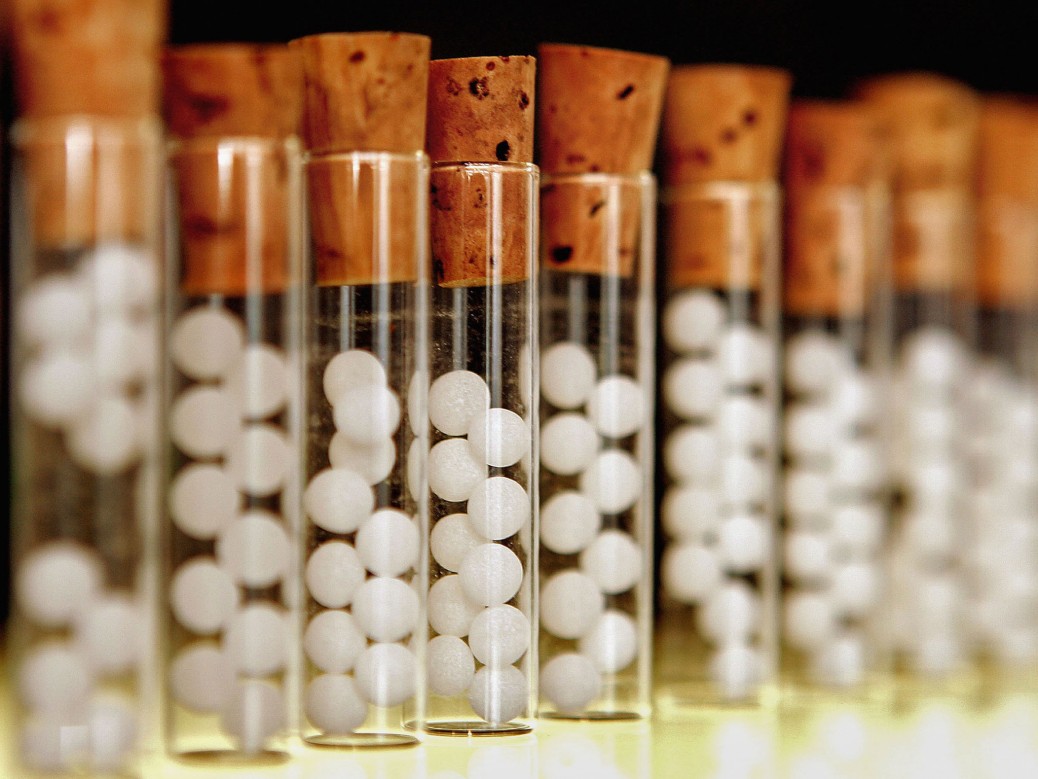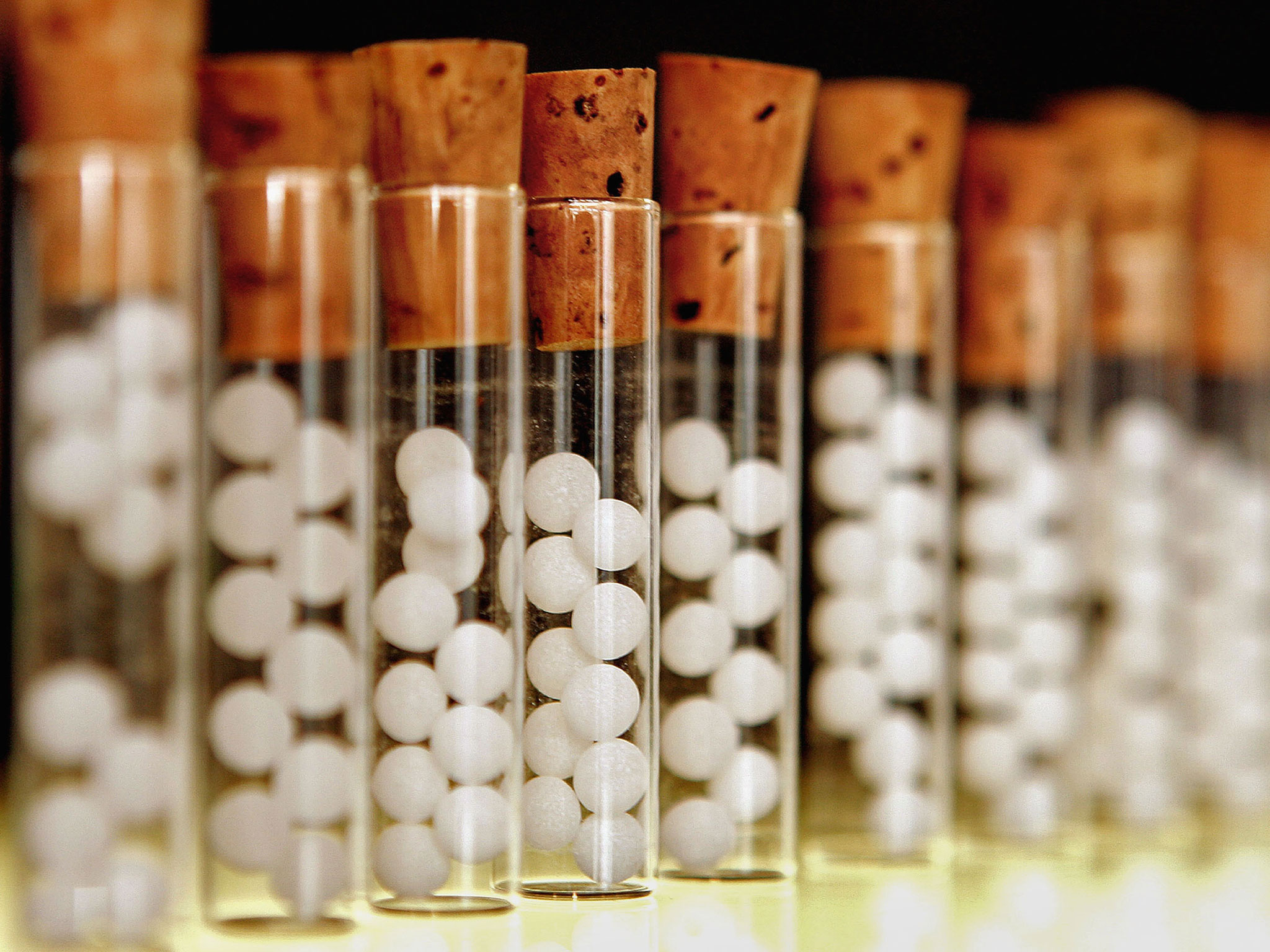Coronary artery disease develops when the major blood vessels that supply your heart become damaged or diseased. Cholesterol-containing deposits (plaques) in your coronary arteries and inflammation are usually to blame for coronary artery disease.
The coronary arteries supply blood, oxygen and nutrients to your heart. A buildup of plaque can narrow these arteries, decreasing blood flow to your heart. Eventually, the reduced blood flow may cause chest pain (angina), shortness of breath, or other coronary artery disease signs and symptoms. A complete blockage can cause a heart attack.
Symptoms
If your coronary arteries narrow, they can’t supply enough oxygen-rich blood to your heart – especially when it’s beating hard, such as during exercise. At first, the decreased blood flow may not cause any symptoms. As plaque continues to build up in your coronary arteries, however, you may develop the following coronary artery disease signs and symptoms:
- Chest pain (angina). You may feel pressure or tightness in your chest, as if someone were standing on your chest. This pain, called angina, usually occurs on the middle or left side of the chest. Angina is generally triggered by physical or emotional stress. The pain usually goes away within minutes after stopping the stressful activity. In some people, especially women, the pain may be brief or sharp and felt in the neck, arm or back.
- Shortness of breath. If your heart can’t pump enough blood to meet your body’s needs, you may develop shortness of breath or extreme fatigue with activity.
- Heart attack. A completely blocked coronary artery will cause a heart attack. The classic signs and symptoms of a heart attack include crushing pressure in your chest and pain in your shoulder or arm, sometimes with shortness of breath and sweating.
Women are somewhat more likely than men are to have less typical signs and symptoms of a heart attack, such as neck or jaw pain. And they may have other symptoms such as shortness of breath, fatigue, and nausea. Sometimes a heart attack occurs without any apparent signs or symptoms.
Causes
Coronary artery disease is thought to begin with damage or injury to the inner layer of a coronary artery, sometimes as early as childhood. The damage may be caused by various factors, including:
- Smoking
- High blood pressure
- High cholesterol
- Diabetes or insulin resistance
- Not being active (sedentary lifestyle)
Once the inner wall of an artery is damaged, fatty deposits (plaque) made of cholesterol and other cellular waste products tend to collect at the site of injury. This process is called atherosclerosis. If the plaque surface breaks or ruptures, blood cells called platelets clump together at the site to try to repair the artery. This clump can block the artery, leading to a heart attack.
Risk Factors
Risk factors for coronary artery disease include:
- Age. Getting older increases your risk of damaged and narrowed arteries.
- Sex. Men are generally at greater risk of coronary artery disease. However, the risk for women increases after menopause.
- Family history. A family history of heart disease is associated with a higher risk of coronary artery disease, especially if a close relative developed heart disease at an early age. Your risk is highest if your father or a brother was diagnosed with heart disease before age 55 or if your mother or a sister developed it before age 65.
- Smoking. People who smoke have a significantly increased risk of heart disease. Breathing in secondhand smoke also increases a person’s risk of coronary artery disease.
- High blood pressure. Uncontrolled high blood pressure can result in hardening and thickening of your arteries, narrowing the channel through which blood can flow.
- High blood cholesterol levels. High levels of cholesterol in your blood can increase the risk of formation of plaque and atherosclerosis. High cholesterol can be caused by a high level of low-density lipoprotein (LDL) cholesterol, known as the “bad” cholesterol. A low level of high-density lipoprotein (HDL) cholesterol, known as the “good” cholesterol, can also contribute to the development of atherosclerosis.
- Diabetes. Diabetes is associated with an increased risk of coronary artery disease. Type 2 diabetes and coronary artery disease share similar risk factors, such as obesity and high blood pressure.
- Overweight or obesity. Excess weight typically worsens other risk factors.
- Physical inactivity. Lack of exercise also is associated with coronary artery disease and some of its risk factors, as well.
- High stress. Unrelieved stress in your life may damage your arteries as well as worsen other risk factors for coronary artery disease.
- Unhealthy diet. Eating too much food that has high amounts of saturated fat, trans fat, salt and sugar can increase your risk of coronary artery disease.
- Sleep apnea. This disorder causes you to repeatedly stop and start breathing while you’re sleeping. Sudden drops in blood oxygen levels that occur during sleep apnea increase blood pressure and strain the cardiovascular system, possibly leading to coronary artery disease.
- High-sensitivity C-reactive protein (hs-CRP). This protein appears in higher- than-normal amounts when there’s inflammation somewhere in your body. High hs- CRP levels may be a risk factor for heart disease. It’s thought that as coronary arteries narrow, you’ll have more hs-CRP in your blood.
- High triglycerides. This is a type of fat (lipid) in your blood. High levels may raise the risk of coronary artery disease, especially for women.
- Homocysteine. Homocysteine is an amino acid your body uses to make protein and to build and maintain tissue. But high levels of homocysteine may increase your risk of coronary artery disease.
- Preeclampsia. This condition that can develop in women during pregnancy causes high blood pressure and a higher amount of protein in urine. It can lead to a higher risk of heart disease later in life.
- Alcohol use. Heavy alcohol use can lead to heart muscle damage. It can also worsen other risk factors of coronary artery disease.
- Autoimmune diseases. People who have conditions such as rheumatoid arthritis and lupus (and other inflammatory conditions) have an increased risk of atherosclerosis.
Complications
Coronary artery disease can lead to:
- Chest pain (angina). When your coronary arteries narrow, your heart may not receive enough blood when demand is greatest – particularly during physical activity. This can cause chest pain (angina) or shortness of breath.
- Heart attack. If a cholesterol plaque ruptures and a blood clot forms, complete blockage of your heart artery may trigger a heart attack. The lack of blood flow to your heart may damage your heart muscle. The amount of damage depends in part on how quickly you receive treatment.
- Heart failure. If some areas of your heart are chronically deprived of oxygen and nutrients because of reduced blood flow, or if your heart has been damaged by a heart attack, your heart may become too weak to pump enough blood to meet your body’s needs. This condition is known as heart failure.
- Abnormal heart rhythm (arrhythmia). Inadequate blood supply to the heart or damage to heart tissue can interfere with your heart’s electrical impulses, causing abnormal heart rhythms.
Prevention
The same lifestyle habits used to help treat coronary artery disease can also help prevent it. A healthy lifestyle can help keep your arteries strong and clear of plaque. To improve your heart health, follow these tips:
- Quit smoking.
- Control conditions such as high blood pressure, high cholesterol and diabetes.
- Stay physically active.
- Eat a low-fat, low-salt diet that’s rich in fruits,
Homoeopathic Treatment
- Aurum metallicum: Heart failure after valvular lesions. Heart feels loose on walking. Sensations as if heart stopped beating for two or three seconds, immediately followed by tumultuous rebound with sinking at the epigastrium. Oppression at the heart. Pulse rapid, feeble and irregular. Blood pressure is high.
- Digitalis purpurea: It is an excellent remedy for heart failure with irregular heart beat. Sensation as if heart would stop beating if moved, must hold the breath and keep still. Pulse full, irregular, very slow and weak, intermitting every third, fifth, or seventh beat. Weak heart. The Least movement causes violent palpitations. Frequent stitches in heart.
- Strophanthus: It is best for heart failure with edema of legs. Heart’s action weak, rapid, irregular, due to muscular debility and insufficiency. Pulse rapid, alternating with slow, weak, small irregular.
- Crataegus: It is a heart tonic. Heart muscles seem flabby, worn out. Heart weakness with oppression, stitches and insomnia. Extreme dyspnea on least exertion without much increase of pulse. Heart dilated, first sound weak. Incompetent valves, valvular murmurs.
- Carduus marianus: Effective for heart failure with liver complaints. Pain pressure and stitches in the region of the heart, oppression on deep breathing.
- Naja tripudians: Heart failure with weakness and valvular disorders. Visible palpitations. Damaged heart after infectious diseases.
- Laurocerasus: It is best for heart failure with pain in the region of the heart. There is clutching at the heart and palpitations. Pulse weak, variable, slow or irregular. Urine, retained, suppressed involuntary with palpitations and suffocations and fainting.











